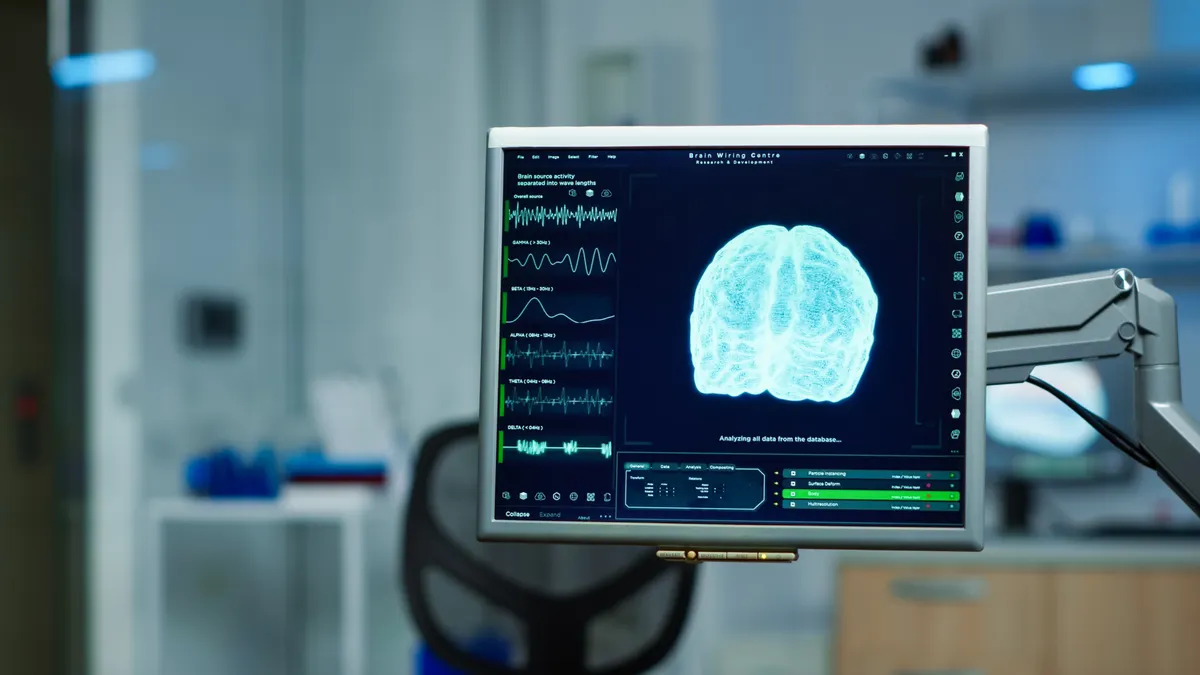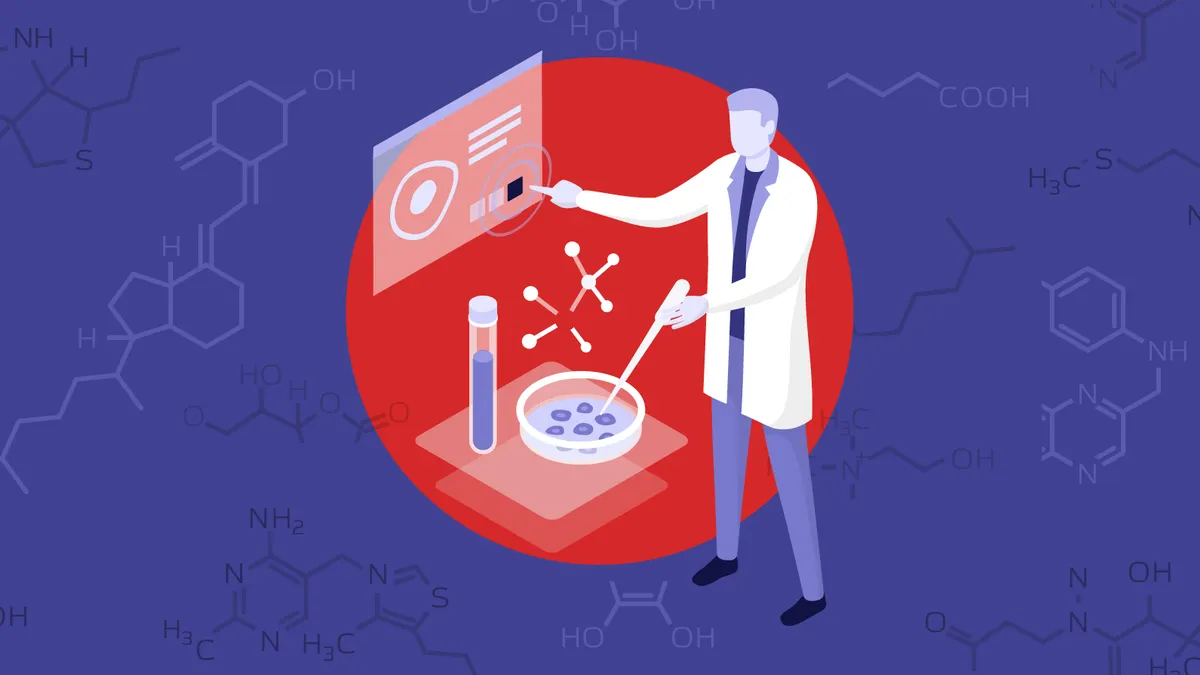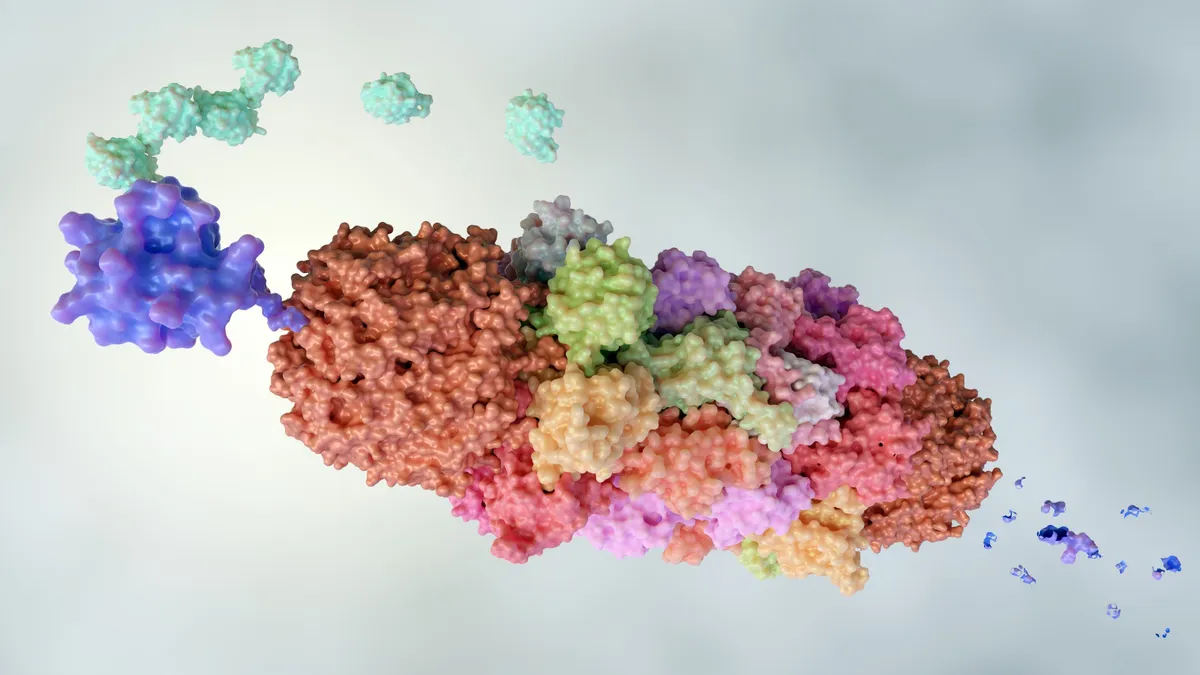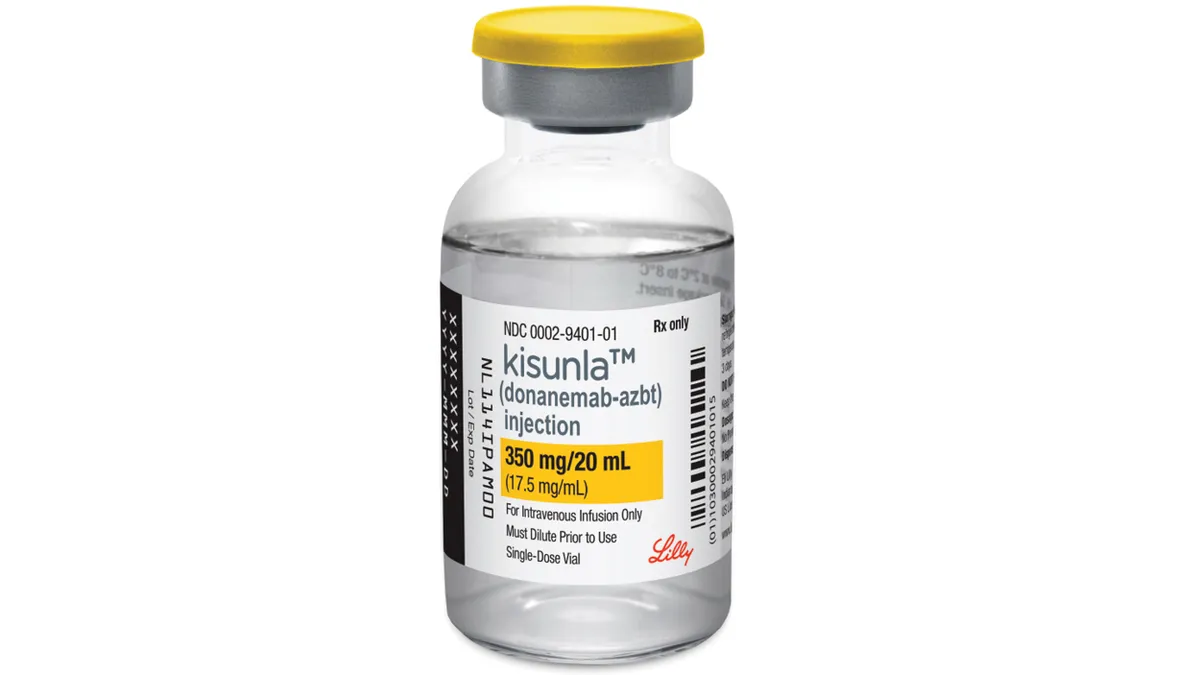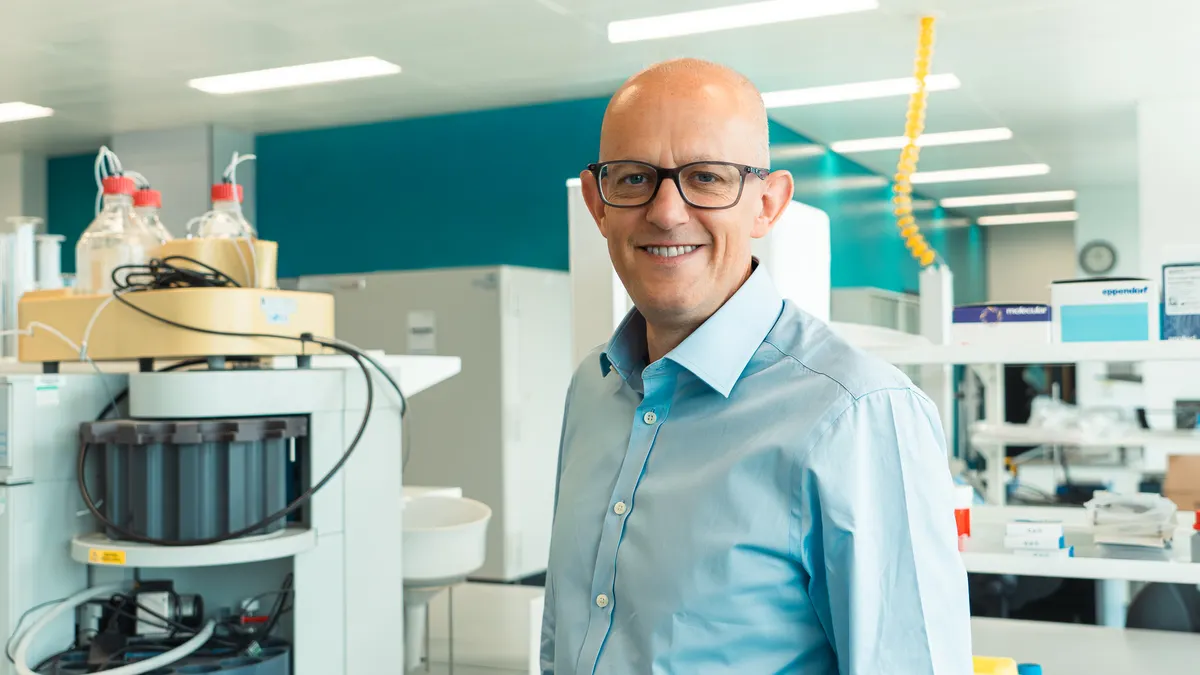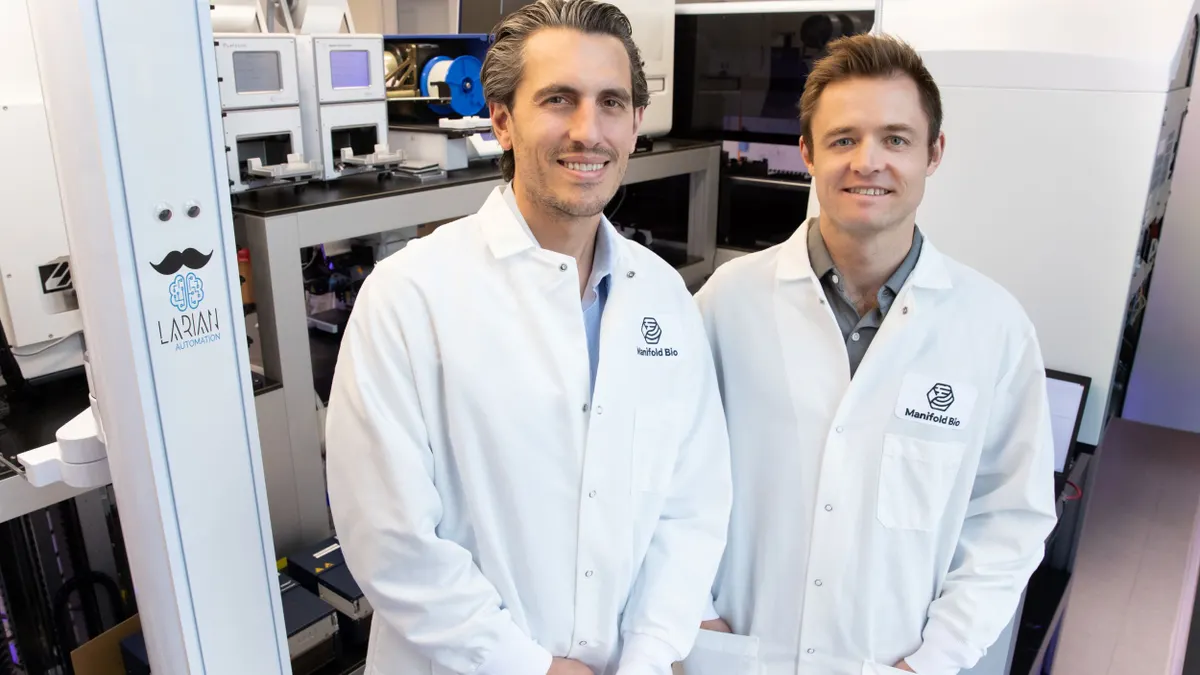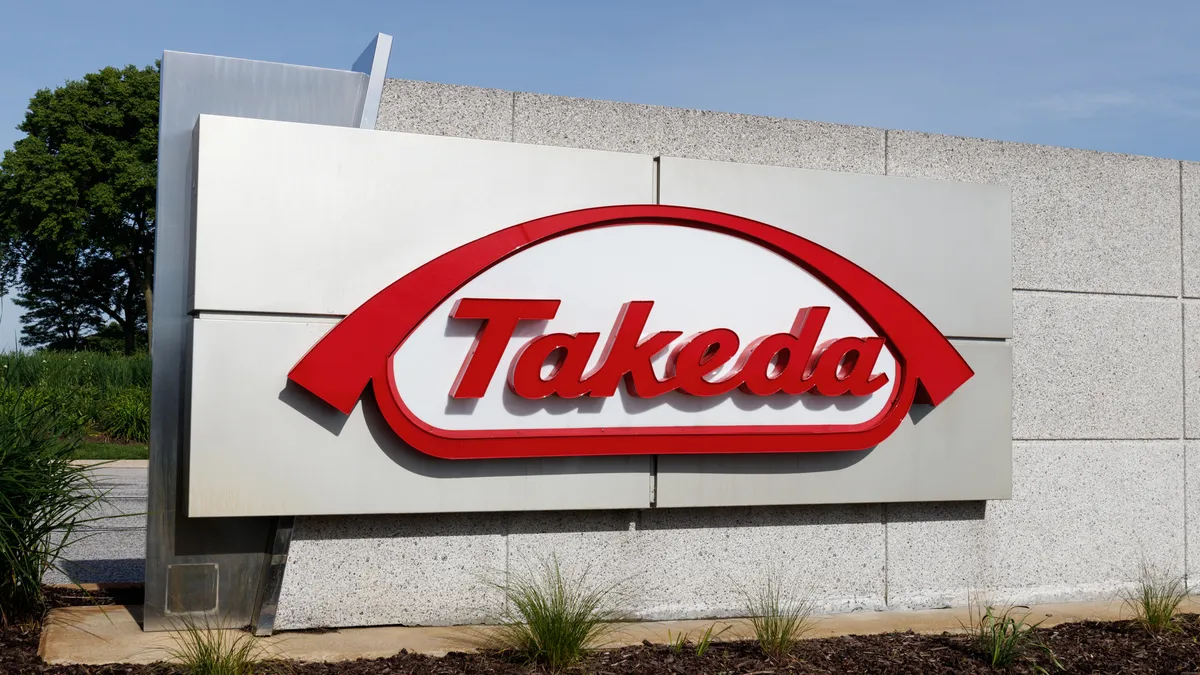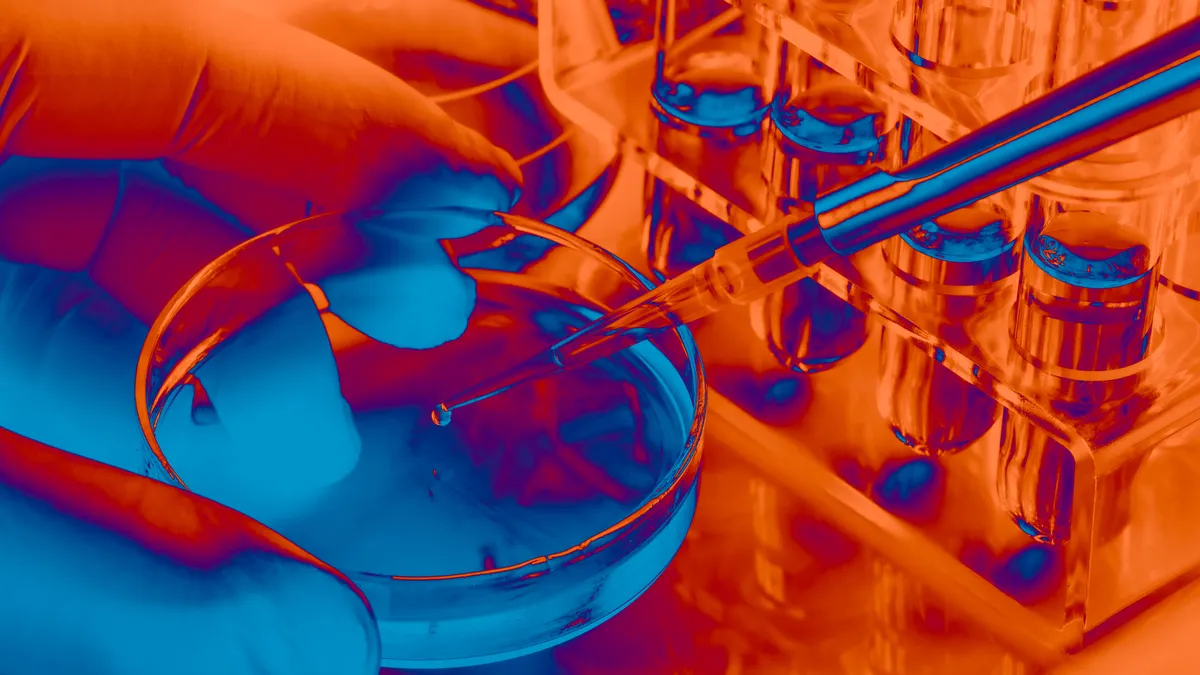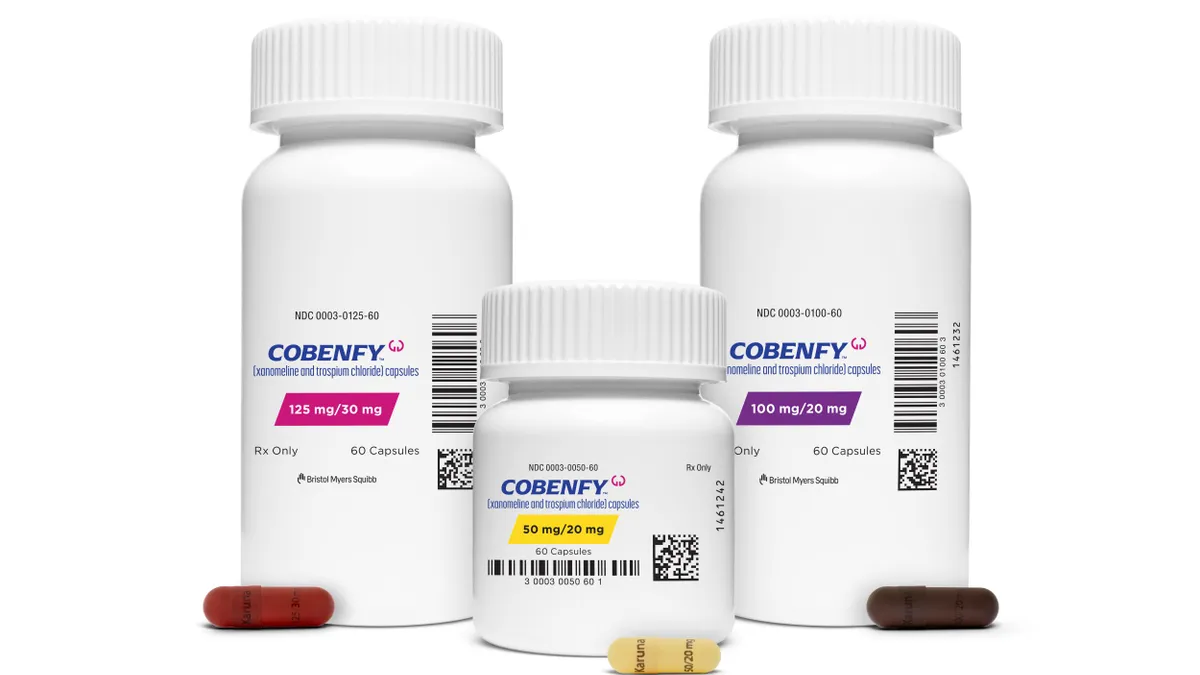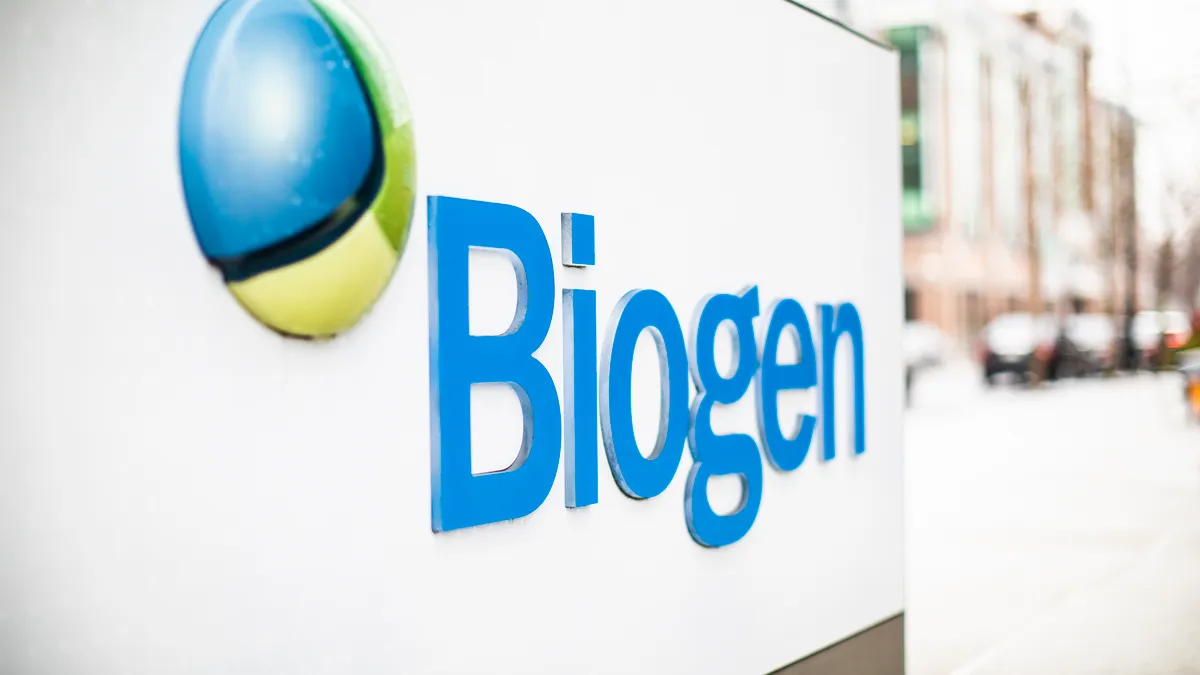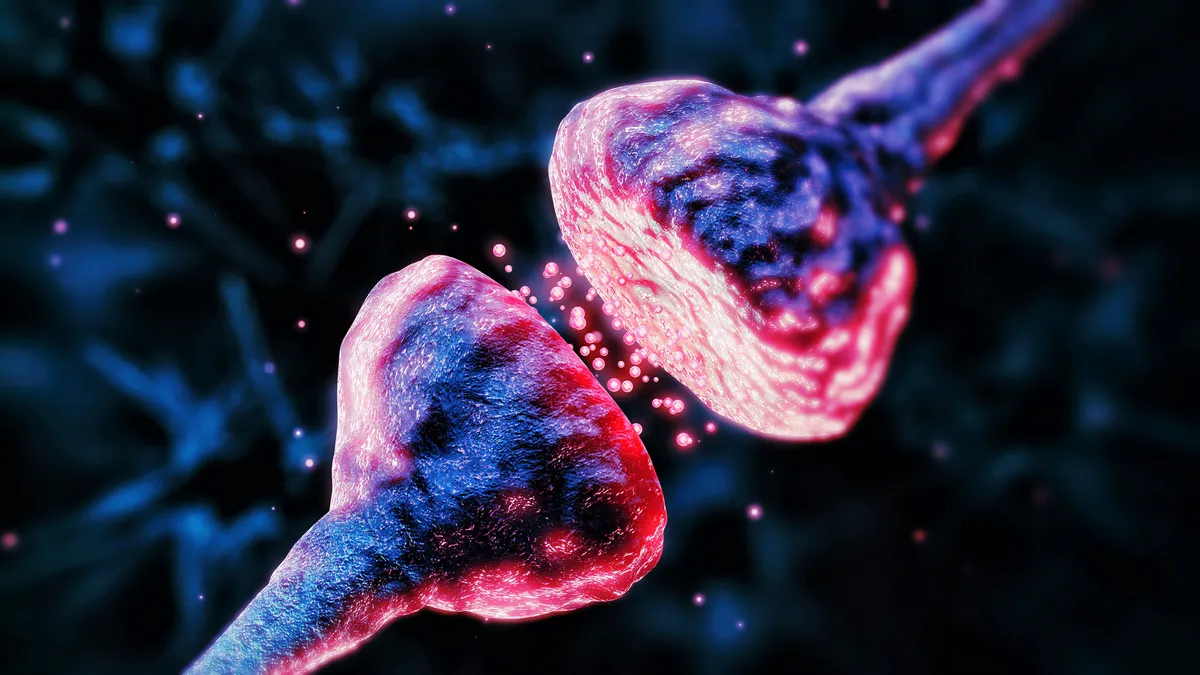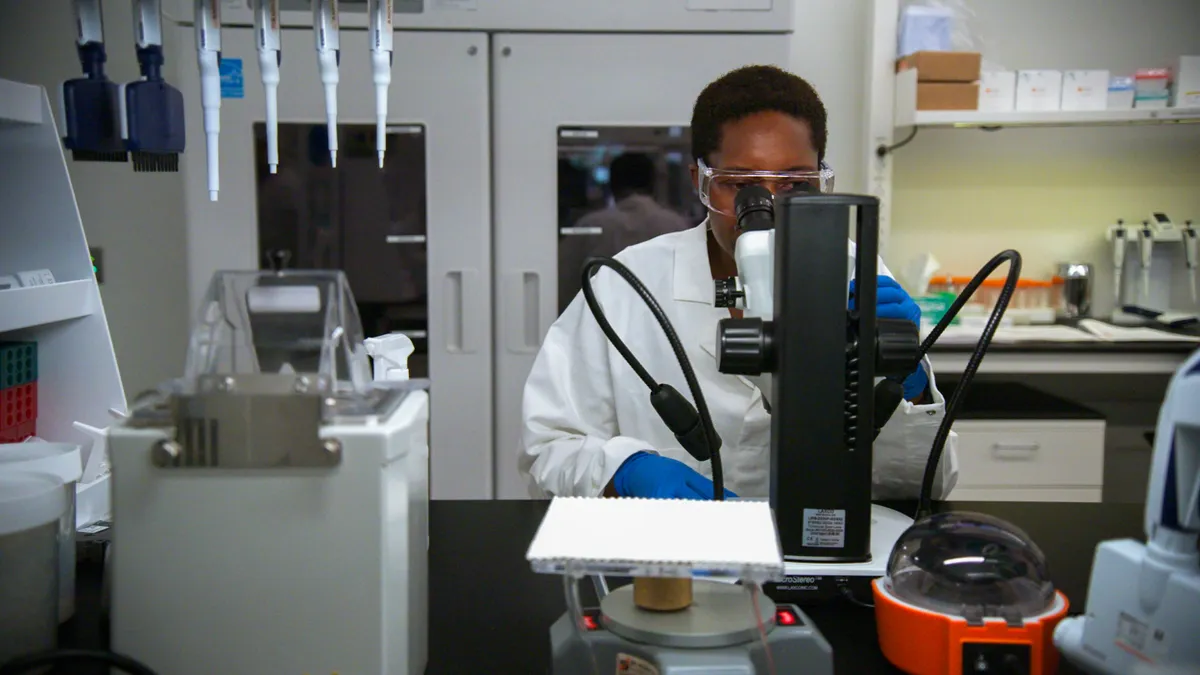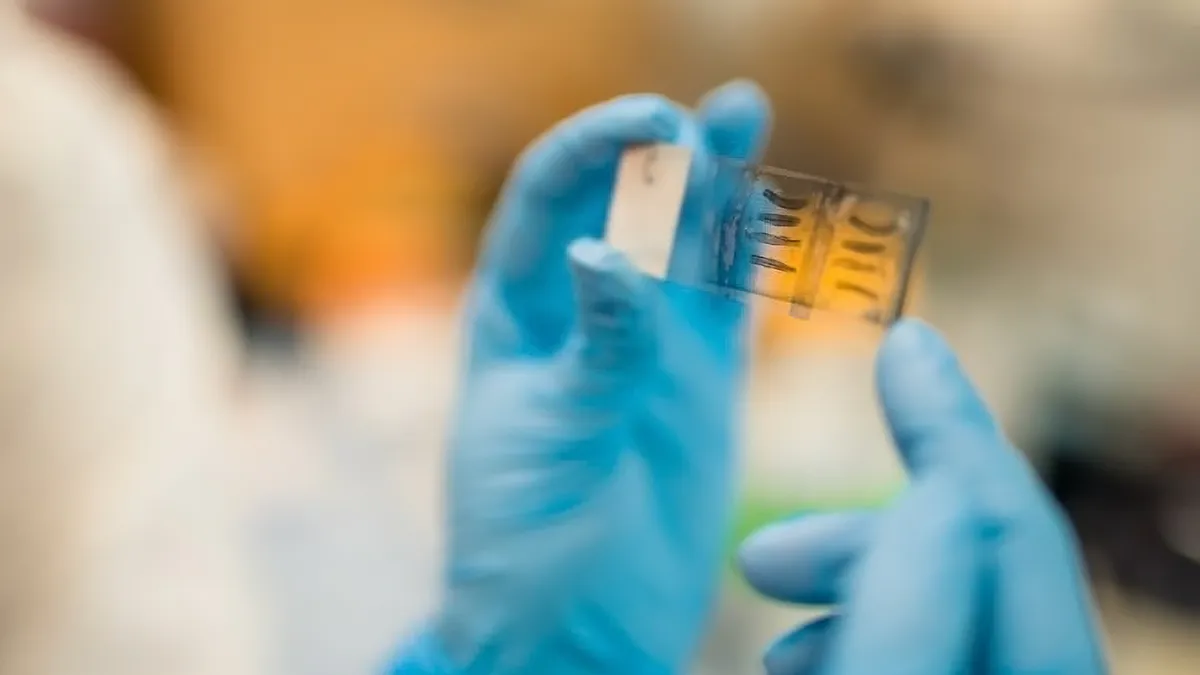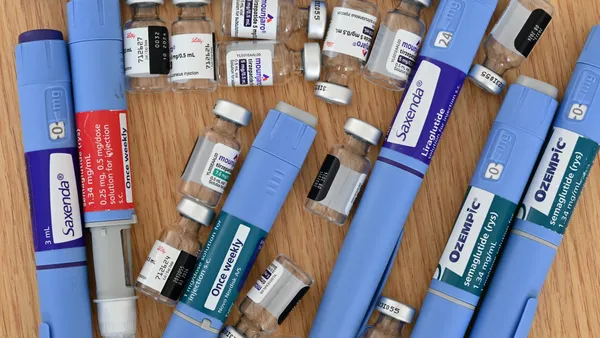Drug developers from around the world rang in a new era of sleep medicine Monday, as data from a series of clinical trials showed narcolepsy can be effectively treated by amplifying a specific brain protein.
That protein, called orexin-2, helps regulate important body functions like appetite, arousal and wakefulness, which has in turn made it a promising target for drug companies. Johnson & Johnson, for instance, hopes that by blocking orexin-2, its experimental medicine seltorexant can be used to combat insomnia in patients with major depression.
More commonly, though, developers are looking to boost this protein to keep people with narcolepsy awake longer. The furthest along in this pursuit is Takeda Pharmaceutical with its drug oveporexton, which recently met the main and secondary goals of two late-stage clinical trials that focused on the most common, “Type 1” form of narcolepsy.
On Monday, at a medical conference focused on sleep therapies, Takeda presented more detailed results from these studies. In each, researchers evaluated whether oveporexton was any better than a placebo at keeping participants awake by using what Sarah Sheikh, Takeda’s head of global development, describes as “the most boring test of all time.”
This “Maintenance of Wakefulness Test” places participants in a dark, quiet, peaceful room and measures how long it takes them to fall asleep. The exam has several rounds, with each lasting roughly 40 minutes. According to Takeda, at the start of its studies, most participants were asleep within five minutes. But 12 weeks in, those who were taking 2 mg doses of oveporexton twice daily were staying awake about 20 minutes to 25 minutes — a “clinically meaningful improvement.”
One hallmark of Type 1 narcolepsy is a loss of muscle control known as cataplexy. Takeda additionally said the median weekly rates of cataplexy decreased more than 80% for oveporexton-treated patients during its studies. The median number of days per week that patients experienced no cataplexy had also grown, from 0 to between 4 and 5.
“This is the first time any drug in this field has ever shown this magnitude of effect,” Sheikh said in an interview ahead of the presentation.
Takeda highlighted other findings as well, like that drug-treated patients reported significant improvements in their quality of life. Oveporexton was generally well tolerated, too, as researchers did not observe serious adverse events related to treatment. There were no liver toxicity issues, nor were there any signs of patients experiencing visual disturbances — a potential safety concern with orexin drugs that analysts have homed in on.
The most common adverse events, Takeda said, were insomnia and frequent urination, and a majority were transient.
With these results in hand, the company plans to submit its drug for approval by the end of March. Jefferies analyst Stephen Barker wrote in a note to clients how the fresh data make his team “increasingly confident” oveporexton will “dominate” a market that Takeda estimates having as many as 120,000 patients in the U.S. alone.
Takeda is currently “well ahead of its closest competitor,” and its drug, if ultimately approved, could achieve annual sales of $1 billion, according to Barker.
While Takeda may have the lead, companies like Alkermes, Eisai and Centessa Pharmaceuticals are working to make up ground.
At the medical conference, Alkermes gave a more in-depth look into a mid-stage study where three different doses of its once-daily drug alixorexton each beat a placebo on that Maintenance of Wakefulness Test. After six weeks, the drug-treated groups were able to stay awake for 24 to 28 minutes and were showing meaningful improvements on sleepiness and cataplexy, Alkermes said. And, as with Takeda’s studies, most treatment-emergent adverse events were mild or moderate.
The most common adverse events were frequent or abnormal urination, insomnia, excessive saliva secretion and blurred vision, though Alkermes noted how there were no clinically meaningful changes in vital signs, eye exams, or liver or kidney function.
“Overall, the data was good and about as expected,” wrote Marc Goodman, an analyst at Leerink Partners. Goodman added that the once-daily and flexible dosing of alixorexton “should be an advantage for Alkermes, as the #2 player.”
Eisai also presented data from an early-stage study with 21 participants, who either received a placebo, an existing medication known as modafinil, or one of three doses of the company’s drug E2086. Eisai said all doses appeared to keep patients awake significantly longer in that wakefulness test. The most common treatment-emergent adverse events were dizziness, nausea, and frequent or urgent urination. None were classified as serious.
Katsutoshi Ido, Eisai’s chief scientific officer, said in a statement the results “warrant further investigation” of E2086 as a potential treatment for narcolepsy.
Takeda’s stock price had slipped 1% in U.S. trading by Monday afternoon. Eisai shares, meanwhile, rose nearly 4% on the Tokyo stock exchange, while Alkermes’ were down more than 6% on the Nasdaq.
The Food and Drug Administration has approved a few orexin-blocking agents for insomnia. They include Merck & Co.’s Belsomra, Idorsia’s Quviviq and Eisai’s Dayvigo.



